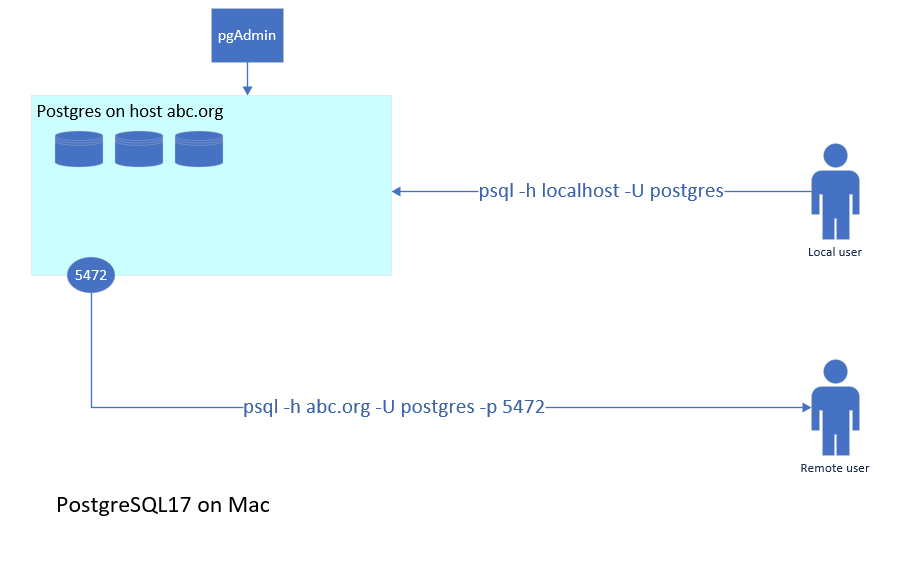Class of 1984, Contrails 1980-1981
The Purpose of the Fourth-Class System
The purpose of the Fourth-Class System at the United States Air Force Academy is to lay the foundation early in the cadet’s career for the development of those qualities of character and discipline which will be expected of an officer. These qualities must be so deeply instilled in the individual’s personality that no stress or strain will erase them.
Duty then is the sublimest word in the English language. You should do your duty in all things. You can never do more. You should never wish to do less.
-General Robert E. Lee
In the development of air power, one has to look ahead and not backward and figure out what is going to happen, not too much of what has happened.
-Brigadier General William “Billy” Mitchell; Winged Defense, 1924
Victory smiles upon those who anticipate the changes in the character of war, not upon those who wait to adapt themselves after the changes occur.
-Italian Air Marshall Guilio Douhet, 1928
I don’t mind being called tough, since I find in this racket it’s the tough guys who lead the survivors.
-Colonel Curtis Lemay, USA, to Lieutenant General Ira Eaker, USA, in England, 1943
When there is a visible enemy to fight in combat…many serve, all applaud and the tide of patriotism runs high. But when there is a long, slow struggle with no
immediate, visible foe, your choice will seem hard indeed.
-President John F. Kennedy, Address to the Graduating Class, U.S. Naval Academy, June 1961
Never tell people how to do things. Tell them what to do and they will surprise you with their ingenuity.
–General George S. Patton, Jr., War as I Knew It.
If I can’t go back with my self-respect, I won’t go
back at all.
-Captain Harris, USAF, in solitary confinement for 14 months as a Prisoner of War in Korea.)
You may have to fight when there is no hope of victory, because it is better to perish than live as slaves.
-Sir Winston Churchill
Never in the field of human conflict was so much owed
by so many to so few.
-Sir Winston Churchill, after the Battle of Britain.
If you can ‘t get them to salute when they should salute
and wear the clothes you tell them to wear, how are you
going to get them to die for their country?
-General George S. Patton, Jr.
Man’s flight through life is sustained by the of
his knowledge.
-Inscription on the Eagle and The Fledglings by Austin “Dusty” Miller, HQ ATC.
There is no type of human endeavor where it important that the leader understands all phases job as that of the profession of arms.
-Major General James C. Fry
A leader is a man who has the ability to get other people to do what they don’t want to do, and like it.
-President Harry S. Truman; Memoirs, 1955
Be an example to your men, in your duty and in private life. Never spare yourself, and let the troops see that you don’t in your endurance of fatigue and privation. Always be tactful and well mannered and teach your subordinates to be the same. Avoid excessive sharpness or harshness of voice, which usually indicates the man who has shortcomings of his own to hide.
-Field Marshall Erwin Rommel
The discipline which makes the soldiers of a free country reliable in battle is not to be gained by harsh or tyrannical treatment. On the contrary, such treatment is far more likely to destroy than to make an army. It is possible to impart instruction and give commands in such a manner and such a tone of voice as to inspire in the soldier no feeling but an intense desire to obey, while the opposite manner and tone of voice cannot fail to excite strong resentment and a desire to disobey. The one mode or the other of dealing with subordinates springs from a corresponding spirit in the breast of the commander. He who feels the respect which is due to others cannot fail to inspire in them respect for himself while he who feels, and hence manifests disrespect toward others, especially his subordinates, cannot fail to inspire hatred against himself.
-Major General John M. Scholfield’s graduation address to the graduating class of 1879 at West Point
The general is sorry to be informed that the foolish and wicked practice of profane cursing and swearing (a vice heretofore little known in an American army) is growing into fashion; he hopes that the officers will by example as well as influence, endeavor to check it, and that both they and the men will reflect that we can have little hope of blessing of heaven on our arms if we continue to insult it by our impiety and folly. Added to this, it is a vice so mean and low that every man of sense and character detests and despises it.
-General George Washington: General Order to the Continental Army, 3 August 1776



